Wondering how to properly prep your home for winter? We've got a whole list of tips and best practices to get you squared away.
10 Fall Home Maintenance Mistakes To Avoid
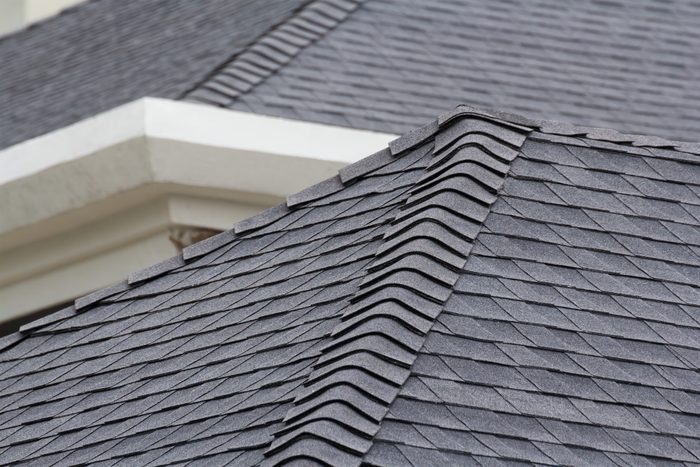
Skipping the Annual Roof Inspection
Late summer is the perfect time to inspect your roof for potential leaks or damage. There’s plenty of sunshine. And on a dry day, the footing is as secure as it’ll ever be.
While you can try to climb onto a roof covered with damp leaves or snow, it’s never a good idea! Inspect your roof when you can and make minor repairs while it’s still warm and sunny, instead of waiting and trying to fix a leak during nasty weather.
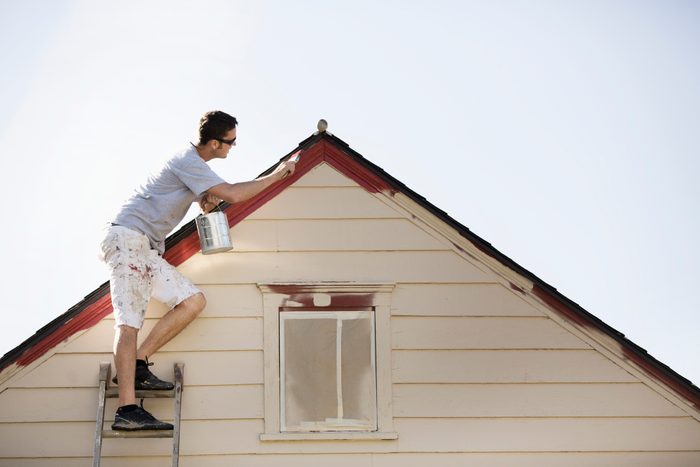
Last-Minute Painting
We understand the impulse to get some exterior painting done before the seasons change. But be sure that exterior work happens while the temperature is still warm enough. Check the directions on your paint, caulk and other exterior products to make sure the conditions still allow for proper curing.
Many exterior acrylic paints need to be applied when temperatures are above 40 F for at least 24 hours, but the exact requirements vary by brand and line. If you drag out your painting project until the weather gets cold, you may find your new coat of paint doesn’t hold up for long.
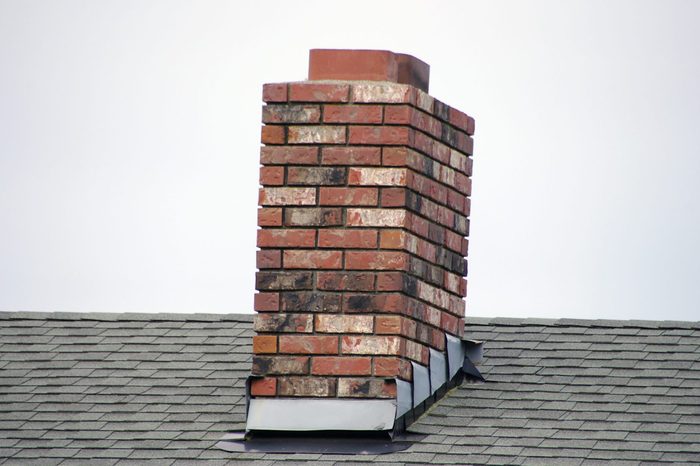
Waiting To Schedule Chimney Cleaning or Repairs
Trying to get a good deal on chimney cleaning in the middle of fall is like trying to hire an accountant the week before taxes are due. It’s not a good idea because it’s peak season for chimney sweeps. You’re about three months too late.
Chimney sweeps tend to offer deals at the end of summer to get work locked in, and that’s a much better time to schedule your service. Once fall actually rolls around and homeowners in your area anticipate a cozy fireplace, it’s much harder to get on a sweep’s schedule, and the chance of finding a discounted price drops to almost zero.
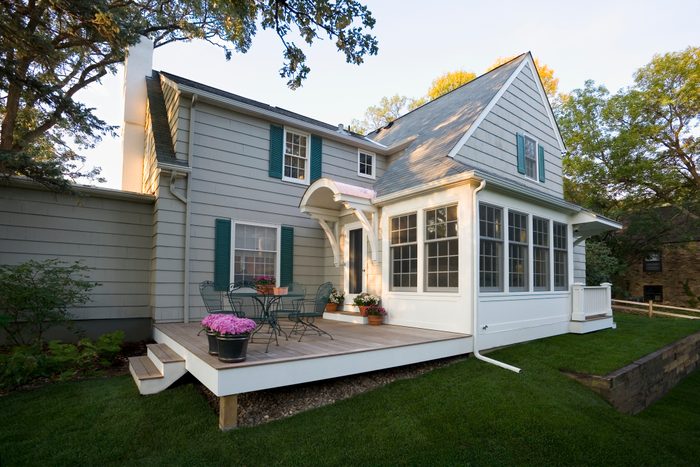
Turning Maintenance Into Half-Measures
If you have maintenance needs before fall or winter, you may find yourself tempted to put in a half-measure to “get by” until the summer. While it’s certainly possible to miss an issue until it’s too late to address it properly, if you’re letting projects stretch out for months, you may need to admit you’re falling into the common homeowner trap of procrastination. (And we’ve all been there!)
The bad news: “Getting by” usually results in work that isn’t good enough. That damaged trim around your window or door might hold together with a little wood filler and primer, but it’s going to be a weak spot and an invitation for rodents to enter your home.
Plus, many half-measures are more difficult to pull off than a complete and proper repair. As a result, hastily-patched deck boards and exterior trim tend to be in worse condition a year later when you finally get around to properly fixing them.
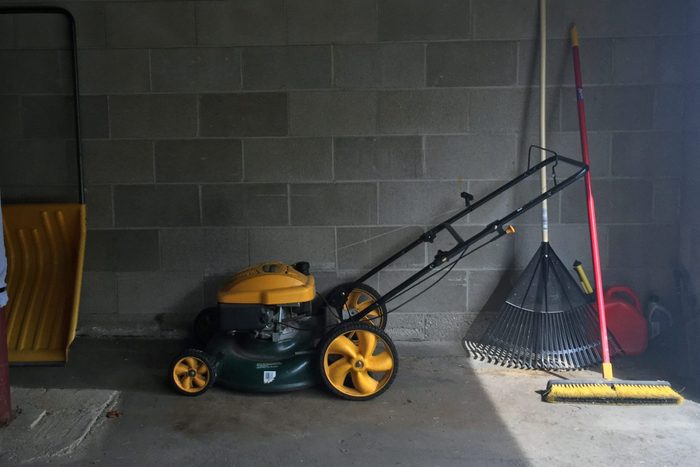
Insufficient Equipment Winterization
If your tools or equipment will be kept in storage for months, they should be properly winterized and not simply pushed to the back of the garage. This is certainly true for locales with extended below-freezing temperatures, but it applies to more temperate regions as well.
Two common winterization fails are moisture in engines leading to corrosion, and stagnant gasoline that gums up after a few months. Avoid these issues by spray a fogging oil into the carburetor intake to push out moisture, and either adding fuel stabilizer to the tank or running the motor until it’s out of gas.
Luckily, most winterization processes are equally straightforward. A little research on your specific equipment will help store it safely.
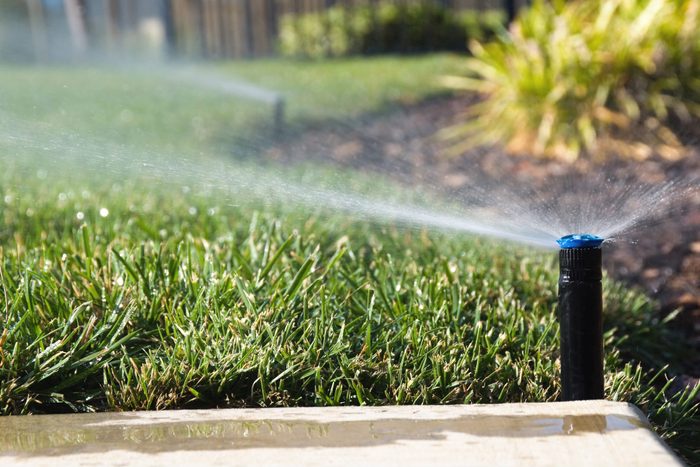
Failing to Blow Out a Sprinkler System
Many homeowners know that fall is the time to shut down and winterize their sprinkler system. Unfortunately, far fewer homeowners realize their standard air compressor lacks the power to blow out an entire sprinkler system in one go. Instead you’ll need to work in zones, eliminating water from each section before moving on to the next.
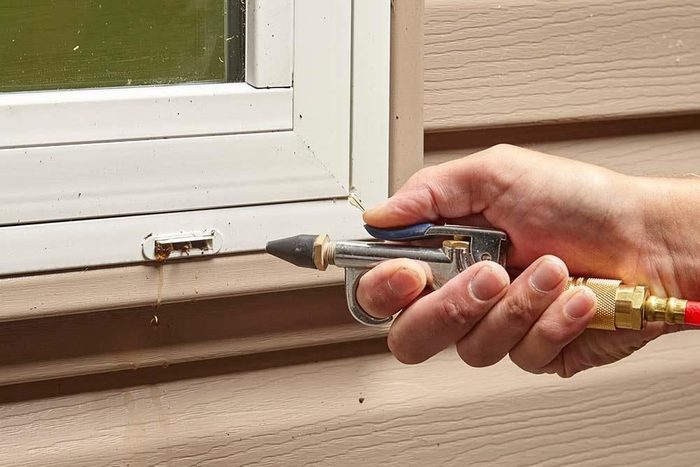
Covering Weep Holes
Make sure the caulk around your windows is in good shape. Unfortunately, some overly enthusiastic homeowners get sloppy with the caulk or confuse weep holes with cracks.
Weep holes are factory-made slots near the bottom of the window frame that allow any water that collects in the window frame to escape to the outside. If dirt, debris or caulk block these holes, that water will find another way out — almost certainly in a direction you don’t want it moving! So keep clear of the weep holes when you caulk, and clear any debris that might be obstructing them.
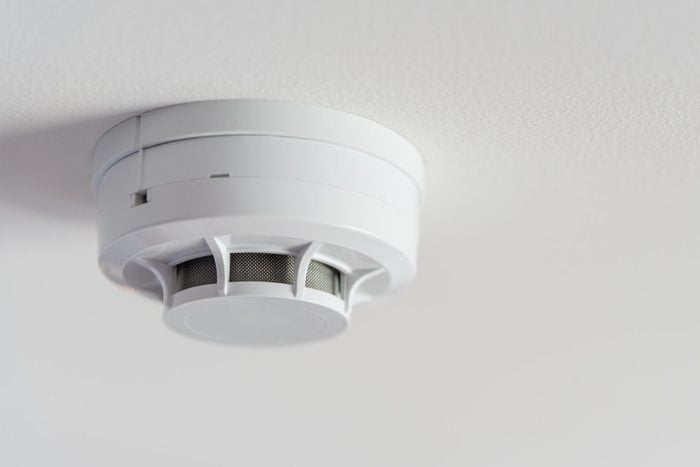
Silencing That Annoying Smoke Detector
When the batteries in a smoke detector run low, you’ll hear a chirping sound. That’s a warning. Resist the temptation to simply remove the battery and silence the detector.
If you have a hardwired detector or a nine-volt replaceable type, swap out the battery with a fresh one to ensure continued protection for you and your family. If your detector has a 10-year battery, that chirping means it’s time to replace the whole detector. All smoke detectors have a 10-year lifespan.
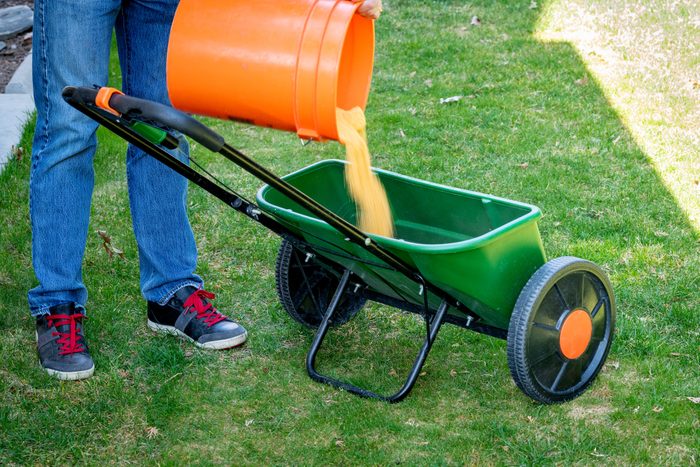
Over-Fertilizing the Lawn
Fertilizing your lawn in the fall is a great idea. The grass will go dormant with a supply of nutrients to last the winter, allowing it to spring back to life when the weather warms up. But don’t grab just any fertilizer and throw it on your lawn. The proper blend will vary depending on your climate, grass type and soil.
Unfortunately, some homeowners take the “more is better” attitude. That almost always results in over-fertilization and a burnt lawn. Read up on how to fertilize your lawn to make sure you tackle this chore correctly.

Overly Aggressive Garden Clean Out
Sometimes gardeners clean out their garden too aggressively before the end of the season. It can be tempting to start pulling plants, especially when it feels like fall is just around the corner. But the end of the summer seasonal cycle is when your garden does your work for you. Those plants may look like they’re fading, but they’re producing the seeds for your gardening success.
Plants are amazing — they’re a self-perpetuating system. Perennials will come back next year as long as you let them prepare for winter. Even annuals may pop back up on their own. These “volunteers” can be a real delight when springtime rolls around.